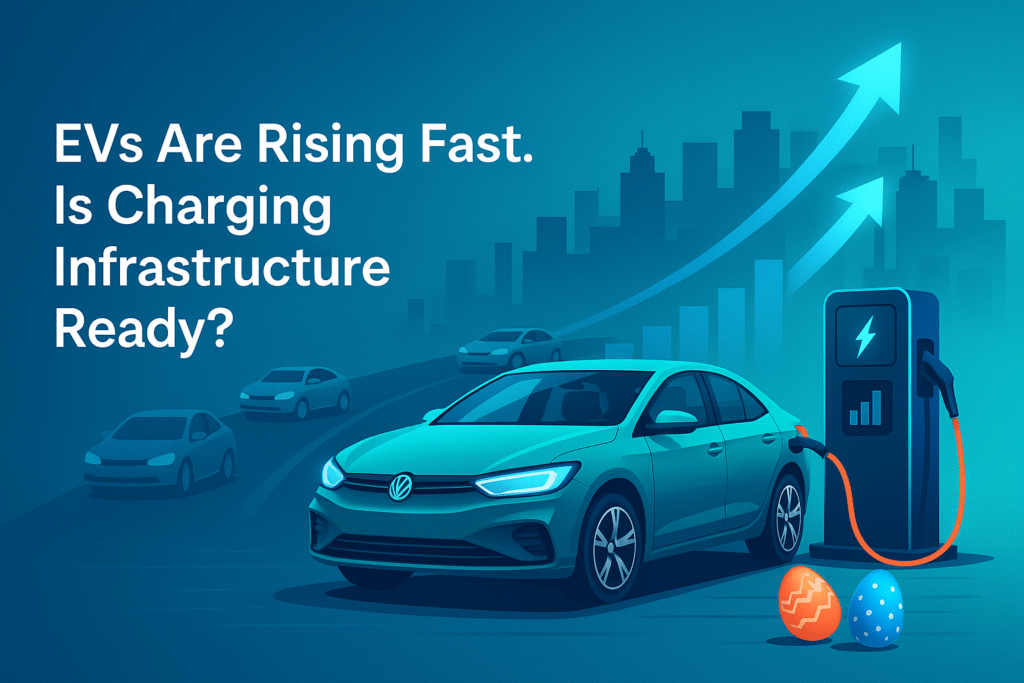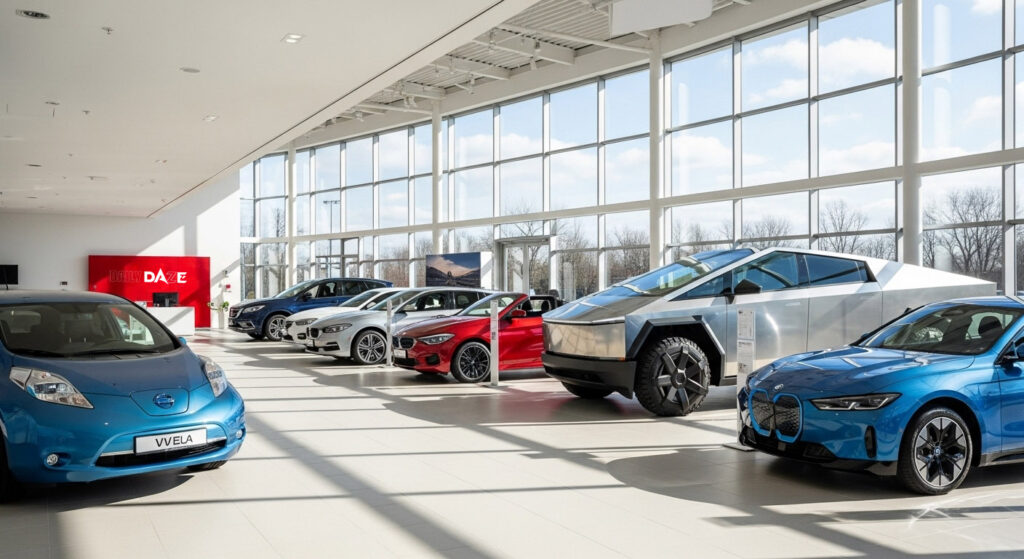Electric vehicles (EVs) are experiencing a dramatic transformation from a niche technology to a mainstream mobility solution. This shift is propelled by robust consumer demand, favorable government policies, and remarkable advances in battery technology. Yet, as the industry accelerates toward a future dominated by electrification, significant infrastructure hurdles threaten to slow progress.
EV Sales Surge: From Niche to Norm
Global EV sales are on a steep upward trajectory. In 2025, electric car sales are projected to top 20 million units worldwide, marking a 25% increase over 2024. According to BloombergNEF, nearly 22 million battery-electric and plug-in hybrid vehicles will be sold this year, representing about one in every four passenger cars purchased globally. China leads this surge, accounting for nearly two-thirds of all EV sales, followed by Europe and the United States.
Consumer sentiment is a driving force behind this growth. A recent Tata Consultancy Services study found that over 60% of consumers are likely to consider an EV for their next vehicle purchase, with the highest enthusiasm among those under 35 years old. These younger buyers are particularly satisfied with the current range and innovation in EVs, signaling a generational shift toward sustainable transportation.
Policy Support and Cost Trends
Government incentives remain a crucial catalyst. In the United States, the Inflation Reduction Act continues to offer federal tax credits of up to $7,500 for qualifying new electric cars, plug-in hybrids, and hydrogen-powered vehicles. These credits are now available as instant rebates at dealerships, making EVs more accessible at the point of sale. However, not all models qualify, and income restrictions apply, underscoring the need for careful consumer research.
Meanwhile, the cost of EVs is gradually declining. The average price for a new electric vehicle in late 2024 was $55,105, down 1.4% from the previous year, narrowing the gap with traditional vehicles. This trend is bolstered by breakthroughs in battery technology—including mass production of semi-solid state batteries, cost reductions in sodium-ion batteries, and rapid advances in fast-charging capabilities.
The Infrastructure Bottleneck
Despite these positive trends, charging infrastructure remains a critical bottleneck. The number of public chargers has doubled since 2022, reaching over 5 million globally, but this growth still lags behind soaring EV adoption rates. Access to reliable, widely distributed charging points is essential for mass-market acceptance, yet several challenges persist:
- Limited Charging Points: Many regions, especially rural and remote areas, lack sufficient public charging stations, fueling range anxiety among potential buyers.
- High Installation Costs: Building a comprehensive charging network requires significant investment, which can be a barrier in less populated or economically disadvantaged areas.
- Uneven Distribution: Urban centers are typically better served, while rural communities often face limited access, exacerbating geographic disparities.
- Grid Integration: Coordination between grid operators, utilities, and charging providers is often lacking, complicating the expansion and reliability of charging networks.
- Reliability Issues: Existing chargers sometimes suffer from downtime and inconsistent performance, undermining consumer confidence.
Beyond Vehicles: The Sustainability Imperative
Sustainability in the automotive sector now extends well beyond the vehicles themselves. Automakers are increasingly scrutinized for their end-to-end environmental footprint, from sourcing raw materials to recycling batteries. Practices such as responsible mining, closed-loop recycling, efficient fleet management, and circular logistics are becoming industry standards, as stakeholders demand transparency and accountability across the entire EV lifecycle.

The Path Forward: Investment and Collaboration
The causal relationship is clear: inadequate infrastructure directly impedes the acceleration of EV adoption, regardless of consumer enthusiasm or regulatory support. Addressing these challenges requires significant investment and multi-stakeholder collaboration. Governments, automakers, utilities, and technology providers must work together to:
- Expand and modernize charging networks.
- Ensure equitable access across urban and rural areas.
- Integrate charging infrastructure with smart grid solutions.
- Promote sustainable supply chain practices.

The rapid ascent of electrification is reshaping the global automotive landscape. While consumer demand and policy incentives are fueling unprecedented growth in EV sales, the industry’s ability to overcome infrastructure and sustainability challenges will determine whether electric vehicles become the true mainstream choice for mobility in the decades ahead. The next phase of the EV revolution hinges not just on technological innovation, but on building the robust, inclusive, and sustainable ecosystem needed to support it.